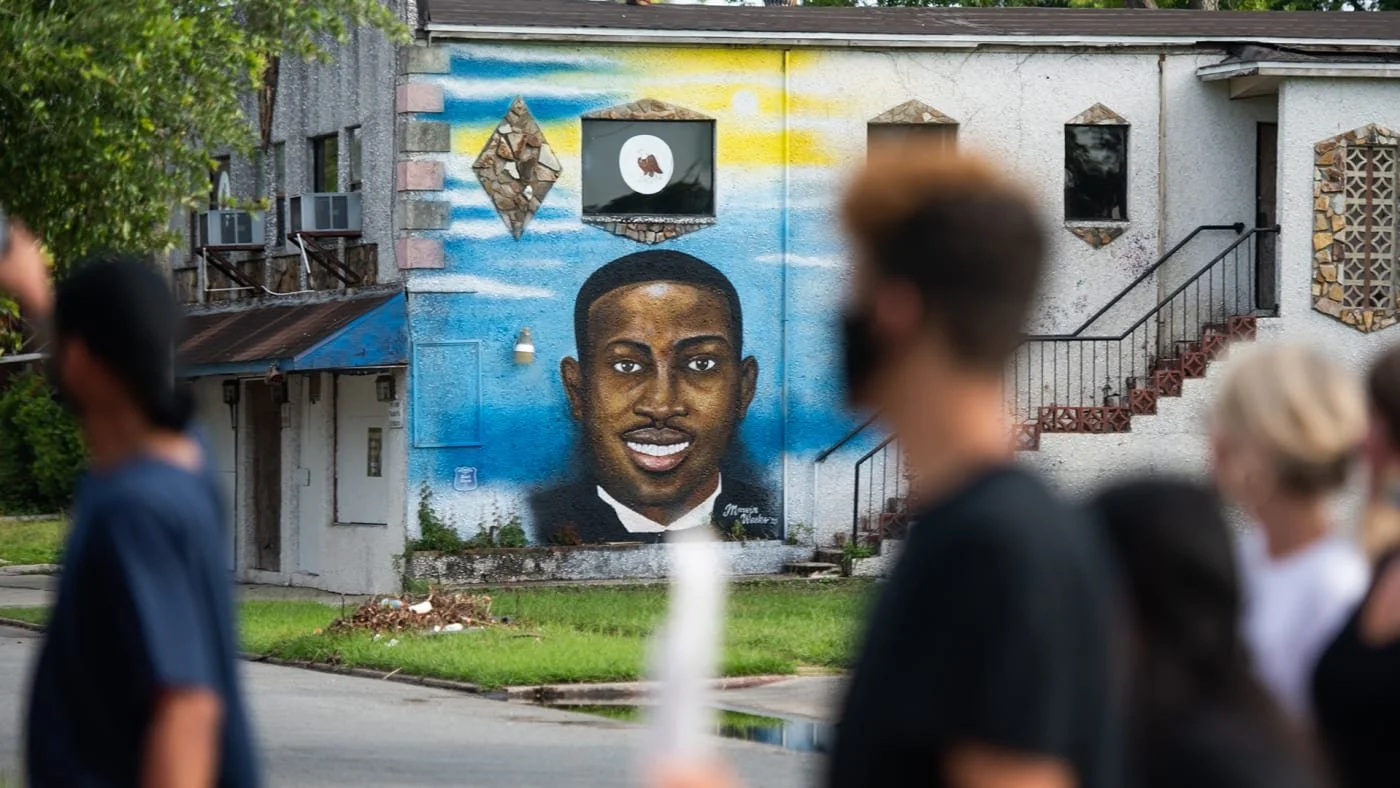Centuries of Ahmaud Arberys: The History of Race-Induced Hate Crimes in America
The killers of Ahmaud Arbery were convicted of hate crimes by a federal jury on Tuesday, February 22nd. Source: Complex
On the eve of the two-year anniversary of Ahmaud Arbery’s death, a federal jury in Georgia found the three men convicted of his murder guilty of hate crimes — the first count a violation of Arbery’s civil rights and the second an attempted kidnapping. Greg and Travis McMichael were additionally found guilty for brandishing firearms during the offense. The Feb. 22nd decision was announced by the jury after twenty-four hours of deliberation in the Brunswick U.S. District Court building, a mere ten minute drive from the location of Arbery’s slaughter in the nearby suburbs.
The murder of Ahmaud Arbery in February 2020 was a public execution. While not in a literal sense, millions watched the brutish actions of McMichaels and Bryan as they confiscated Arbery’s life, immortalized in video form on social media platforms like Twitter and Facebook. This increasingly digital epoch has spurred a democratization of the awareness — and in this case the live viewing — of hate crimes. Yet, exhaustive histories of violent and sometimes lethal transgressions towards minorities, sans video proof, have not been afforded the same attention as Arbery. The blood stained on the hands of the McMichaels and Bryan flow from deep wounds, ones concealed by the bandages of centuries-long white supremacy.
Hate crimes on U.S. soil, defined as “criminal offenses against a person…motivated by an offender’s bias,” have transpired since the advent of European colonialism. White settlers claimed superiority over indigenous communities and depleted their populations by over 90% through genocidal measures. A little over a century later, the arrival of Africans in the American colonies — a region rife with eurocentrism — and their 200-year bondage catalyzed the long-standing characterization of the African race as an inherently inferior sect of the United States. Thus initiated decades upon decades of violence-based bias towards African-Americans.
In 1863, angry white mobs executed eleven black men and displaced thousands in the New York City Draft Massacre. From 1882 to 1968, approximately 3,500 Black people were lynched. The Tulsa Race Massacre of 1921, promulgated by bands of vitriolic whites, “erased years of black success.” Names like Emmett Till and James Byrd Jr. evolved from ordinary citizens to woeful emblems of the animosity projected upon African-Americans by other races. And hate groups such as the KKK continue to produce shameless attempts at halting the progression of Black society. Regretfully, a litany of similar villainies could supplement this brief elaboration of race-fueled hate crimes against the African-American community.
In addition to the baneful tactics used to subjugate the Black citizenry, Asian-Americans have endured hate crimes since the mid 19th century. Nativists lauded legislation like the 1882 Chinese Exclusion Act and spread the narrative that the “Chinese [were] taking over jobs,” and “need[ed] to be gotten rid of.” Six decades later, President Franklin Roosevelt signed Executive Order 9066 — authorizing the immediate relocation of Japanese-Americans from their homes into internment camps. These heinous atrocities facilitated by the federal government added fuel to an anti-Asian fire already engulfing the nation. Their effects have since reverberated into the present, with harmful rhetoric propagated by figureheads like former President Donald Trump. Idolatry of the former commander-in-chief and his incessant blame of China for the COVID-19 pandemic led to a 339% increase of attacks on Asian-Americans last year. For example, in March 2021 a white gunman shot and killed eight people in Atlanta, Georgia; six of the eight victims were Asian.
Hate crimes as a means of displaying one’s racist intentions should not be classified as an archaic practice. In fact, 2020 data compiled by the FBI recorded the highest reportings of hate crimes in twelve years: a staggering 7,759 cases. Yet, these statistics might actually underestimate realistic counts — contemporary research approximates the aforementioned number fails to account for unreported cases and only resembles 44% of total “bias-related crime incidents.”
After the Feb 22nd ruling, NAACP President Derek Johnson proclaimed that this “verdict brings us one step closer to justice.” For some, justice manifests in the form of a judicial decision or legislation: verdicts like the one prompting this article and bills like the COVID-19 Hate Crimes Act or the Matthew Shepard and James Byrd Jr. Hate Crimes Prevention Act. For others, justice can only be realized in the successful cultivation of a society that sustains coexistence. The lack of consistent fairness and effectiveness of the former and the impalpable nature of the latter make the creation of solutions to curb America’s alarming rate of hate crimes a difficult endeavor. Later in his statement, Derek Johnson asserted that Ahmaud Arbery’s story “shook the conscience of our nation and world.”Shake the world it did, as audiences watched in horror at the vicious confiscation of Arbery’s life by vigilantes disguised as neighbors. Buried within the pages of history are thousands of other Ahmaud Arberys; nameless victims of malicious assaults on humanity. Their deaths may not be digitized and ingrained in our minds like Ahamud’s, but their memories should nonetheless impel an upheaval of bigoted culture in America and the reconstruction of one less rooted in malevolency.

